9 Gardening Mistakes for New Gardeners to Avoid
- May 17, 2024
- 0 comment
Are you a budding gardener feeling slightly discouraged by your initial attempts? You’re not alone. The surge in gardening interest has brought millions of new gardeners into the fold, many learning by trial and error. Take my experience, for instance: my first venture into hydroponic cucumbers was less than stellar, with the final product being so unpalatable that it nearly made my brother sick.
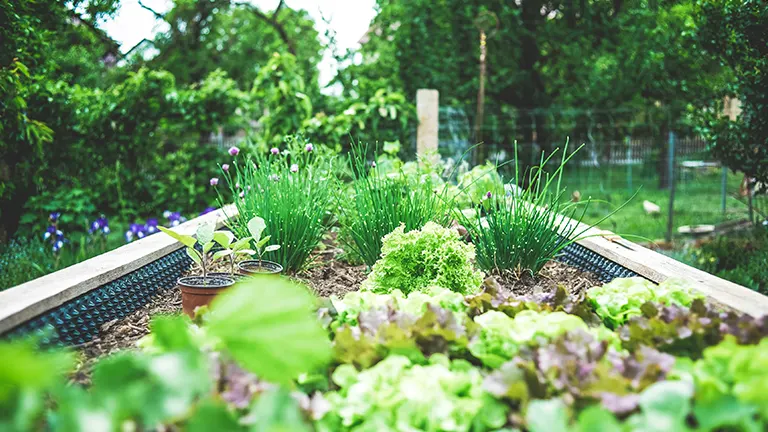
But don’t let these early setbacks deter you. Today, I’m here to share crucial tips to help you avoid common gardening pitfalls and achieve bountiful harvests.
Mistake 1: Choosing an Inconvenient Location
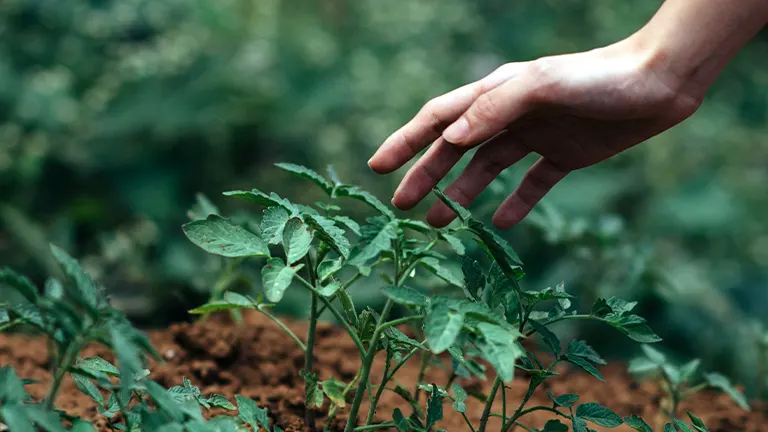
Accessibility is key in gardening. Your garden should be as easy to get to as your kitchen. If it feels like a chore just to reach it, you’re far less likely to care for it regularly. Place your garden in a spot that’s easy to access. This simple step ensures that you can visit and tend to it without hassle. For those who are taller or have back issues, a raised bed can be a fantastic solution, reducing the need to bend down and making your gardening experience much more enjoyable.
Mistake 2: Not Enough Sunlight
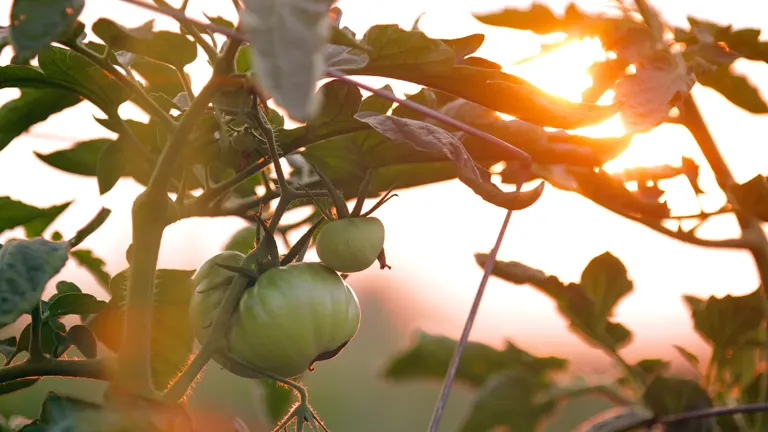
Just like us, plants have their preferences for sunbathing spots. For example, a north-facing wall in my yard gets far less sunlight, which isn’t ideal for plants that thrive on sunshine. To help your garden flourish, take some time to watch how sunlight moves across your space at different times of the day. This observation will help you pick the perfect spot that ensures your plants get the light they crave. Remember, a well-lit location can make all the difference in the health and productivity of your garden.
Mistake 3: Planting Too Far from a Water Source
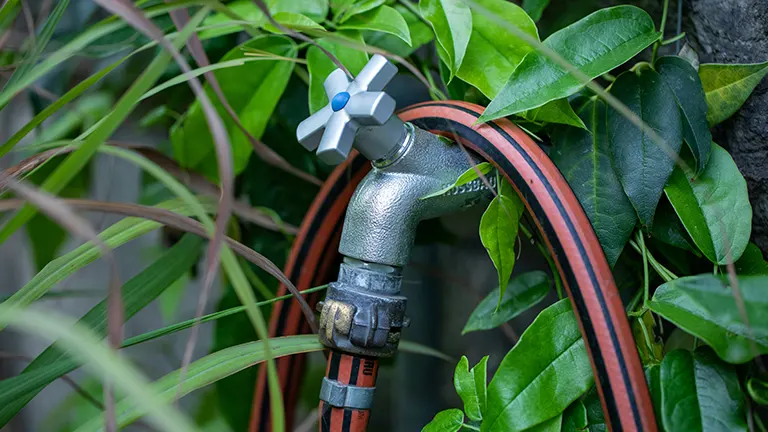
Easy access to water is essential for a thriving garden. When I started, the only water outlet was awkwardly located, which forced me to lay out an extensive network of hoses throughout my garden. It’s best to position your garden close to a water source. This setup minimizes the effort required to water your plants regularly, especially on hot days when skipping watering could seriously harm or even kill your plants.
Mistake 4: Underestimating the Power of Mulch
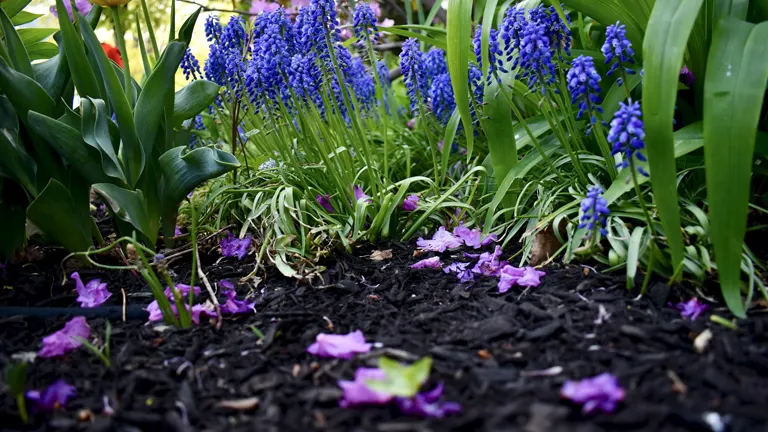
Mulch is far more than just a garden decoration—it’s essential for maintaining a healthy garden. It helps conserve water, suppresses weed growth, and prevents soil-borne diseases. If you can’t find shredded straw mulch, which is my go-to, don’t worry. Local alternatives like grass clippings or fallen leaves can also do the job well. A generous layer of mulch can significantly improve your garden’s health by maintaining moisture and protecting your plants.
Mistake 5: Poor Soil Preparation
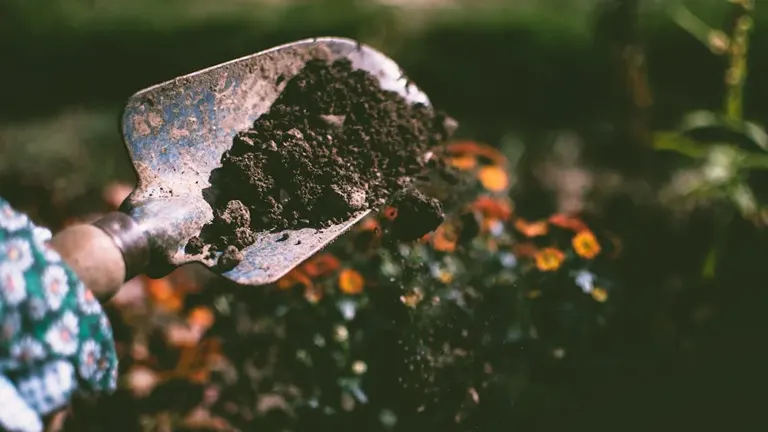
Good soil is the foundation of a successful garden. No matter if you’re using raised beds, containers, or planting directly in the ground, it’s vital to prepare your soil correctly. Make sure to add the right amendments to enrich your soil and consider conducting a soil test to fully understand its nutritional and textural properties. Proper preparation helps prevent common problems such as waterlogging or nutrient deficiencies, ensuring your plants have the best environment to thrive in.
Mistake 6 & 7: Planting What You Don’t Eat & Poor Plant Spacing
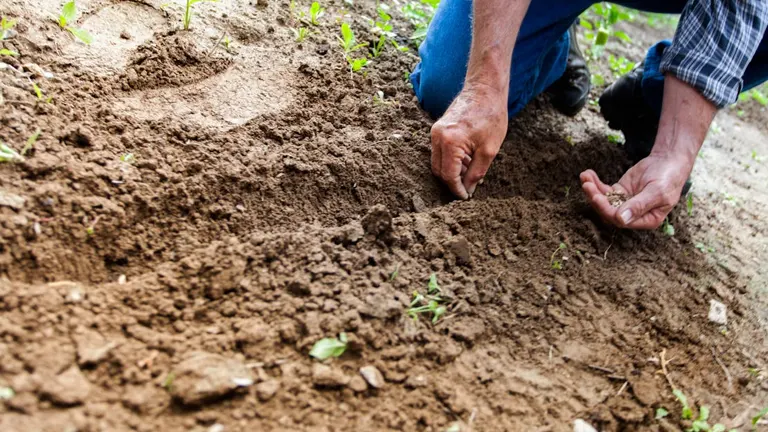
Gardening is most rewarding when it aligns with your dietary preferences. It’s disheartening to spend time growing vegetables that nobody in your household enjoys eating. Make sure to choose plants based on what you and your family like to consume. Additionally, be mindful of how close you plant them. Overcrowding your garden can lead to a battle for nutrients among your plants, stunting their growth and diminishing your garden’s overall yield. Proper spacing ensures each plant has enough room to thrive, leading to a more productive garden.
Mistake 8: Wrong Planting Time
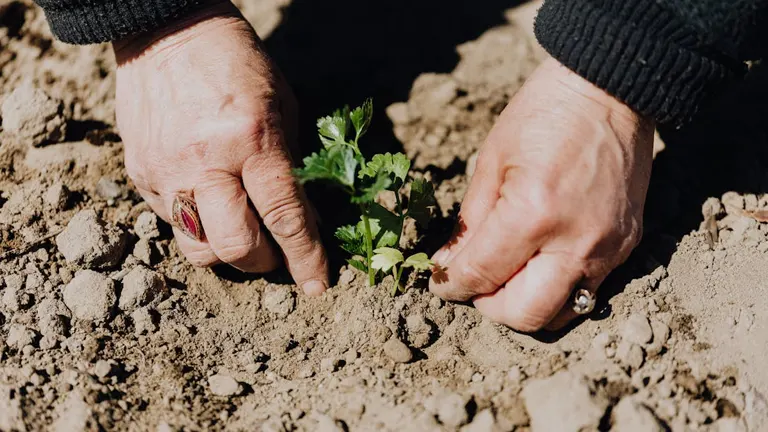
Timing is critical in gardening. For example, planting summer vegetables like tomatoes in November, even in warmer climates, can result in poor yields because they require the warmth of summer to flourish. It’s essential to understand and respect the natural growing seasons of your plants. By aligning your planting schedule with the optimal conditions each plant needs, you can maximize your garden’s productivity and enjoy bountiful harvests.
Practical Tips and Tricks to Enhance Your Gardening Success
After identifying common gardening mistakes, let’s delve into actionable steps and tips you can take to correct or avoid these pitfalls. These practical suggestions can help turn your gardening trials into triumphs.
How to Conduct a Simple Soil Test at Home
1. DIY Soil pH Test: You can use vinegar and baking soda to test the pH of your soil. Take two soil samples from different parts of your garden. Add vinegar to the first sample; if it fizzes, your soil is alkaline. For the second sample, mix with distilled water to create a muddy consistency, then add baking soda. Fizzing indicates acidic soil.
2. Visual Assessment: Assess the texture by moistening the soil and forming a ball. If it crumbles easily, it’s likely sandy. If it can be shaped easily but stays firm, it has a good amount of clay.
Choosing the Right Mulch for Your Climate
- Arid climates: Stone mulch can be effective in very dry areas, as it retains heat from the day during cool nights and reflects sunlight during the day.
- Temperate climates: Organic mulches like shredded bark or straw are ideal, as they decompose over time, adding nutrients back into the soil while retaining moisture and suppressing weeds.
- Wet climates: Consider using larger pine bark chips, which allow more air flow to the soil, preventing too much moisture buildup that could lead to root rot.
Correcting Plant Spacing
- Use a Ruler or Measuring Tape: When planting, always use a ruler or measuring tape to ensure each plant has enough space according to the seed packet or plant tag recommendations. Overcrowding can lead to disease and poor growth.
- Thin Seedlings Early: For plants that are sown directly into the soil, thin seedlings early to avoid competition for light, water, and nutrients. This is particularly important for root vegetables and leafy greens.
Ensuring Adequate Sunlight
- Track Sunlight: Use a sun calculator app or simply observe your garden’s sun exposure at different times throughout the day. Note where shadows fall and for how long, and adjust the location of sun-loving plants accordingly.
- Prune Regularly: Keep surrounding trees and shrubs pruned to ensure they don’t cast too much shade on your garden beds as they grow.
Water Source Accessibility
- Install a Drip Irrigation System: This can significantly reduce the hassle of watering manually and ensure that all plants receive an even amount of water at the root level, where it’s most needed.
- Use Soaker Hoses: For a less expensive option, lay soaker hoses along your garden beds. These hoses allow water to seep slowly into the soil directly around your plants, promoting deeper root growth and reducing water waste.
Final Thoughts: Learn from Others
Gardening is an age-old craft, enriched by sharing knowledge and experiences. As Albert Einstein famously said, “The only source of knowledge is experience.” This rings especially true in gardening, where hands-on practice and the wisdom of seasoned gardeners combine to foster growth and learning. Don’t hesitate to reach out to experienced gardeners in your community or online. Local extension offices and gardening clubs are invaluable resources that can offer advice tailored to your specific climate and gardening conditions.
By avoiding these common mistakes, you’re on your way to transforming your garden from a place of learning to a source of pride and produce. Remember, every gardener starts somewhere, and every mistake is a stepping stone to mastery in this green-thumbed craft. Your journey through gardening is not just about cultivating plants, but also about cultivating experience, knowledge, and connections within the gardening community.
FAQs
- How much water does my garden really need?
The amount of water your garden requires depends on several factors including the types of plants, the soil, and the climate. A general rule of thumb is to ensure the soil is moist at about an inch below the surface. During hot or dry periods, watering should be more frequent. - What is the best time of day to water my garden?
The best time to water your garden is in the early morning. This helps prevent evaporation and allows water to reach the roots, promoting healthy growth. Evening watering is also acceptable, though it can sometimes lead to moisture-related diseases due to cooler temperatures. - How do I know if my garden is getting enough sun?
Most vegetable plants require at least 6 to 8 hours of direct sunlight. To determine sunlight exposure, monitor your garden at different times throughout the day. Not enough sun can lead to weak plants and poor yields. - What should I do if my plants start showing signs of disease?
At the first sign of disease, try to identify the issue by researching common symptoms or consulting a local garden center. Removing affected parts of the plant and applying appropriate treatments can often save the rest. Always avoid overhead watering to reduce the risk of fungal diseases. - Can I use any type of mulch in my garden?
While most organic mulches (such as straw, wood chips, or leaves) are beneficial, it’s important to choose a mulch that complements the needs of your plants and soil. For example, wood chips are great for paths and non-productive areas, but decomposing wood chips can temporarily lock up nitrogen needed by your plants. - How often should I fertilize my garden?
Fertilization should be based on the specific needs of your plants and the nutrient content of your soil. A soil test can provide detailed information on nutrient levels. Generally, a balanced, slow-release fertilizer applied during the growing season can support healthy growth.
I hope these tips help you sidestep common gardening pitfalls and lead you to a flourishing garden! If you have any questions, or if you’d like to share your own gardening experiences and insights, please drop a comment below. Your input could help other gardeners grow too. Happy gardening, and don’t forget to share this article with fellow green thumbs!

Joel Cunningham
Forestry AuthorI'm Joel Cunningham, an expert in pruning and weed management with over a decade of experience. My skills are rooted in formal training and extensive practice, focusing on advanced pruning techniques and efficient weed control. I'm known for my quality work, precision, and deep understanding of plant health and soil dynamics. My contributions extend to educational initiatives where I share sustainable practices and advice, establishing myself as a reliable and authoritative figure in the gardening community.

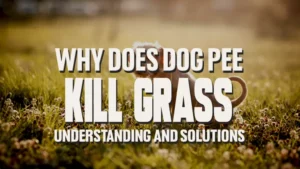
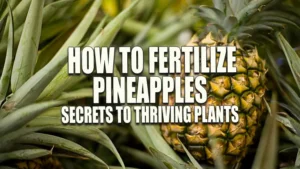

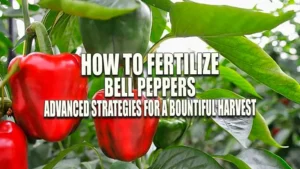


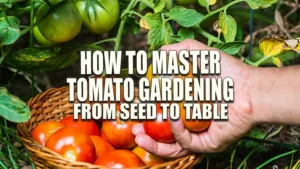
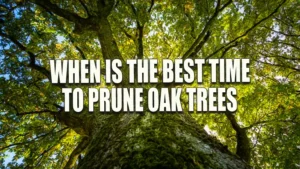
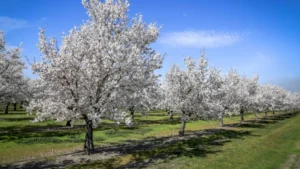
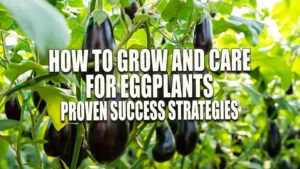
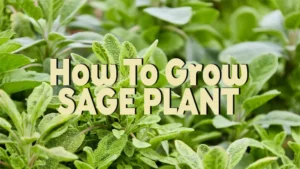
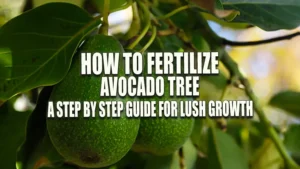
Leave your comment